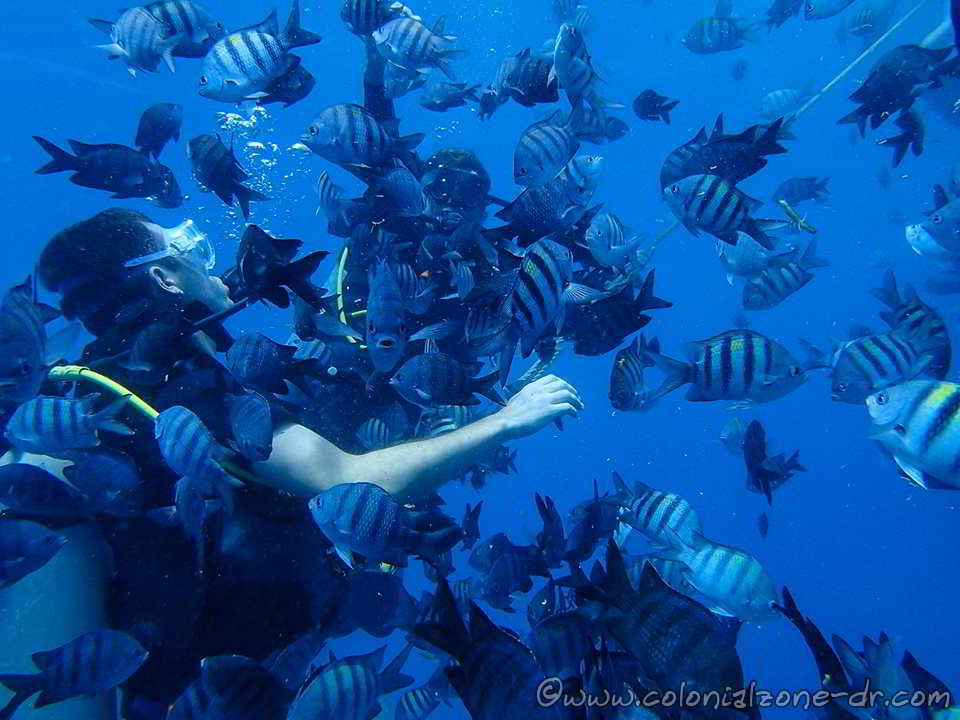If you found my web site useful consider making a donation through Pay Pal.
Thanks!

|
|

Custom Search
Gracias a coinmill.com
Creatures of Dominican Republic page 4
Home | Dining & Night Life | Hotel | Sights | Pictures | Music | Colonial Zone Map | Hot Spots! Directory | Site Search
site map Copyright © 2005 - 2016 All Rights Reserved. Colonial Zone-Dominican Republic (DR)
Our complete exchange rate tool.
Home | Calendar | Night Life/Dining | Sight Seeing | Pictures | Businesses | Artists | Food | Helps | History | Language | Music | Media | Pastimes | Products | Tradition/Legend | Links | About Us | Buy Mamajuana | News Blog | DR Gringa's Life Blog | Dominican Dog Blog | Web Designer
[TOP]
Important Stuff - Creatures 4
Important Stuff | Important Emergency phone numbers - Telephone and Internet Services | Flag, Shield and National Symbols | Dominican Republic Facts | Environmental Issues | National Parks & Reserves | National Songs | Religious Beliefs | Charities | Creatures | Trivia and Useless Facts | Live Cameras/ Camaras en Vivo | Public Services | Travel - Flight Information |
Return to the first page to learning about the Creatures of Dominican Republic Page 1
Hispaniolan Hutia/ Capromyidae | Agouta or Juron/ Hispaniolan solendon | Cacata/ Tarantula | Manatee | Heteropoda venatoria/ Huntsman Spider | Noseeums (biting insects) | The Hispaniolan Woodpecker/ Pájaro Carpintero de la Hispaniola | Hispaniola Boa/ Boa de la Hispaniola | Jaragua Sphaero | Assorted Pictures | The Village Weaver / Madame Sagá | Black Witch Moth | Under The Dominican Sea |
Madame Sagá also known as The Village Weaver (Ploceus cucullatus) was first record in Dominican Republic in 1796 originally arriving as a cage bird on the slave ships from Africa. In Africa there are many species in this family. They are common all over the country now and only recently have been spotted in the Colonial Zone of Santo Domingo.
The male is usually bright orange to yellow with a black hood, brown nape and red iris. The female is yellow-green. To me, a person not very knowledgeable about birds, they looked bright yellow with black heads and beaks with red eyes. They are eye-catching easy to spot.
The males build the round nests with a small opening. They are nicely woven usually using with palm leaves. Then he waits hoping the female with choose him because he is the best mate and nest builder. They nest in colonies laying between 2 to 4 pale green to blue eggs between April and September. You can usually hear them before you see these bright birds are their colonies can be very loud especially in the mornings.
Madame Sagá feeds on rice and grains making it very unpopular with the rice and millet farmers. This pretty and noisy bird may be small but it loves to eat and eat. They are considered pests by the Dominican farmers.
+click to enlarge
Madame Sagá entering the round nest through the small opening in the trees of Parque Colón in the Colonial Zone.
+click to enlarge (top and bottom)
The yellow and blackish brown Village Weaver sting atop the round nest he built in the trees of Parque Colón in the Colonial Zone.
The Black Witch Moth (Ascalapha odorata) is called so because is considered to be a warning of death in Mexican and some places in the Caribbean. Other places in the Caribbean this giant moth is considered to bring good luck by blessing people with money. In Spanish it is known as "Mariposa de la muerte". It is also called the Bat Moth because it is close in size to a small bat.
This huge moth starts out as a large caterpillar that can be up to 3 inches in length. It has beautiful intricate patterns of black and greenish brown spots and stripes. These caterpillars grow into the large moths with the males wing span reaching up to 7 inches and many are even bigger. Their markings are very beautiful and at night, when they usually fly, they are many times mistaken for a bat because of their size. They will not hurt you and are lovely to watch.
Black Witch Moth caterpillars eat legumes and especially like acacia and mesquite.They are harmless and not considered to be a pest. They do not have stingers or teeth.
They originally were found in Mexico and Central America but now can be found in North America as well.
+click to enlarge (top and bottom)
The Black Witch Moth I found in the Colonial Zone one morning.

Under the Caribbean Sea with Buddy. Beautiful images of the aquatic life under the waters of Dominican Republic. This slide show presentation has many amazing shots. All are available for sale for framing. Just contact us here at jan@colonialzone-dr.com and let me know what your interested in and I will get you in touch with the photographer so you can discuss what you want.
Click images to go to the Under The Dominican Sea Collection
Porcupine Fish
The invasive Lion Fish
Swimming with the fish



.jpg)


.jpg)




